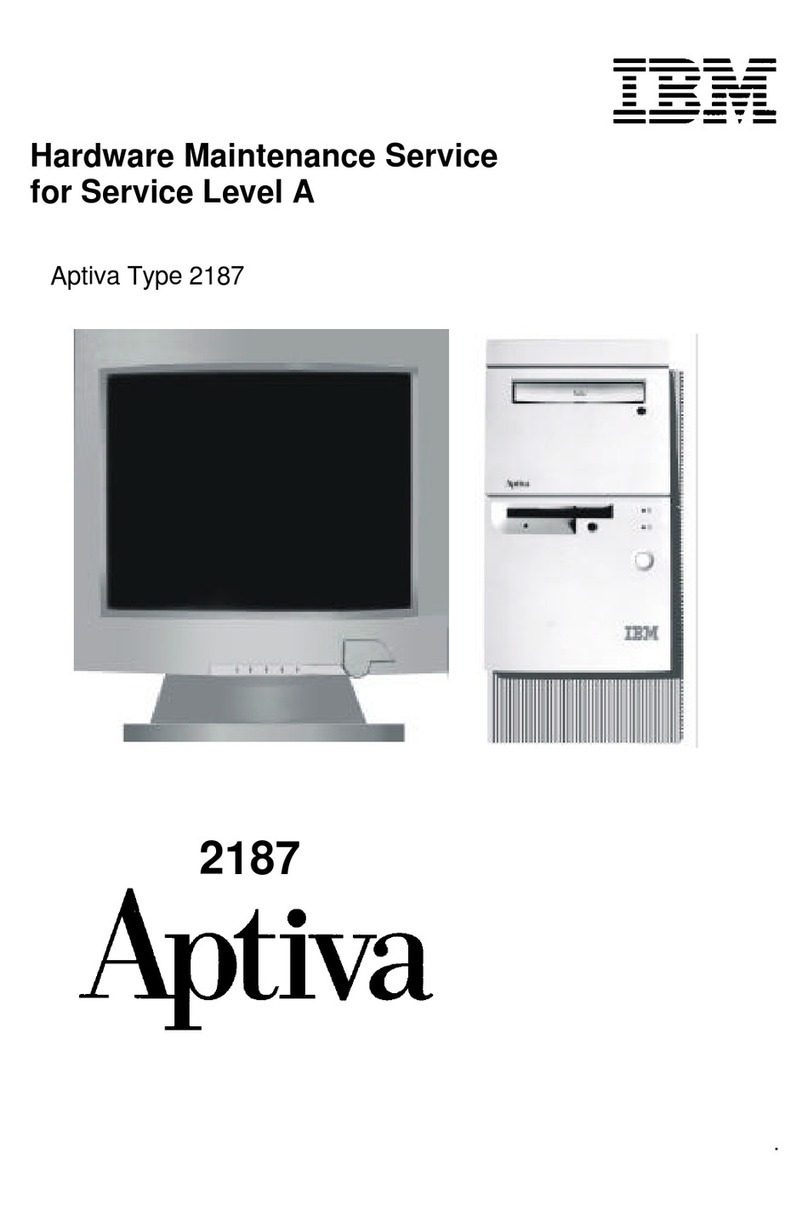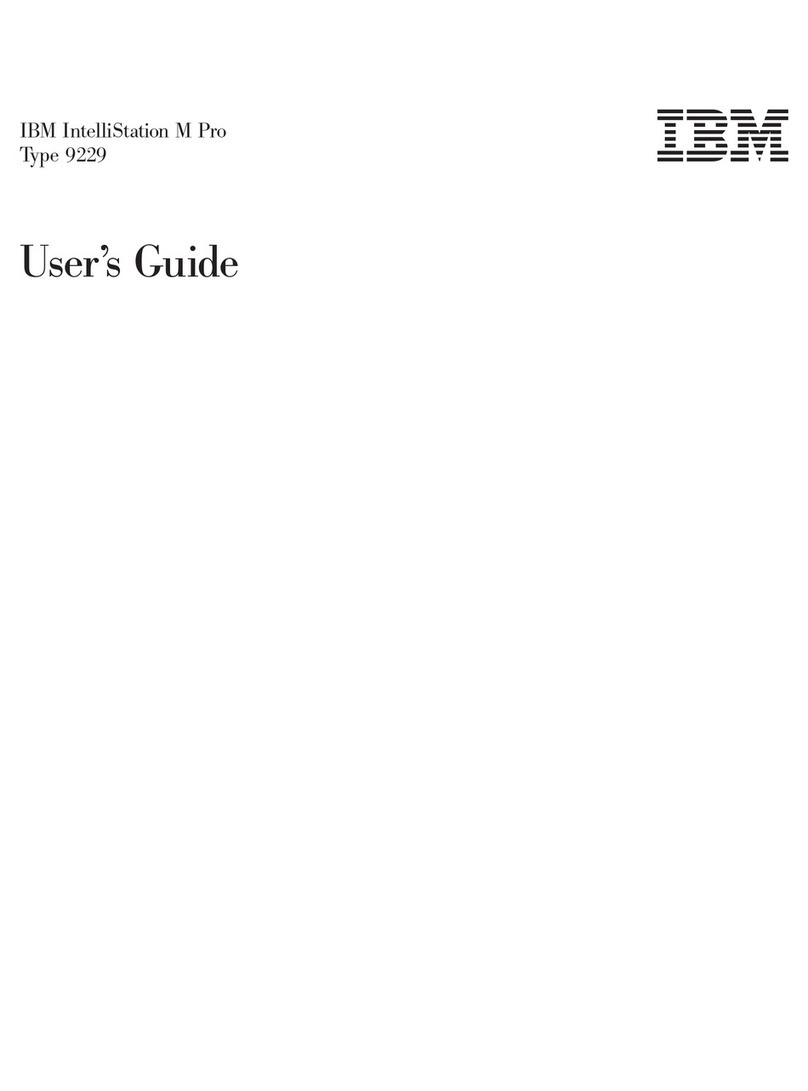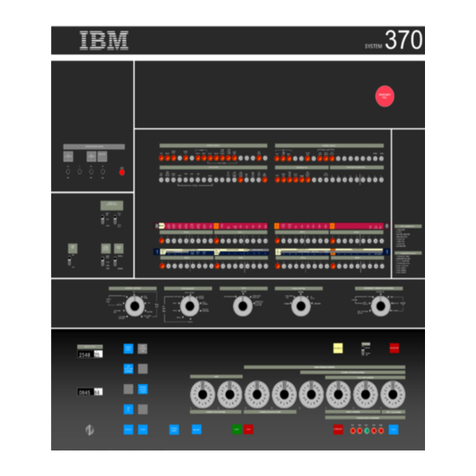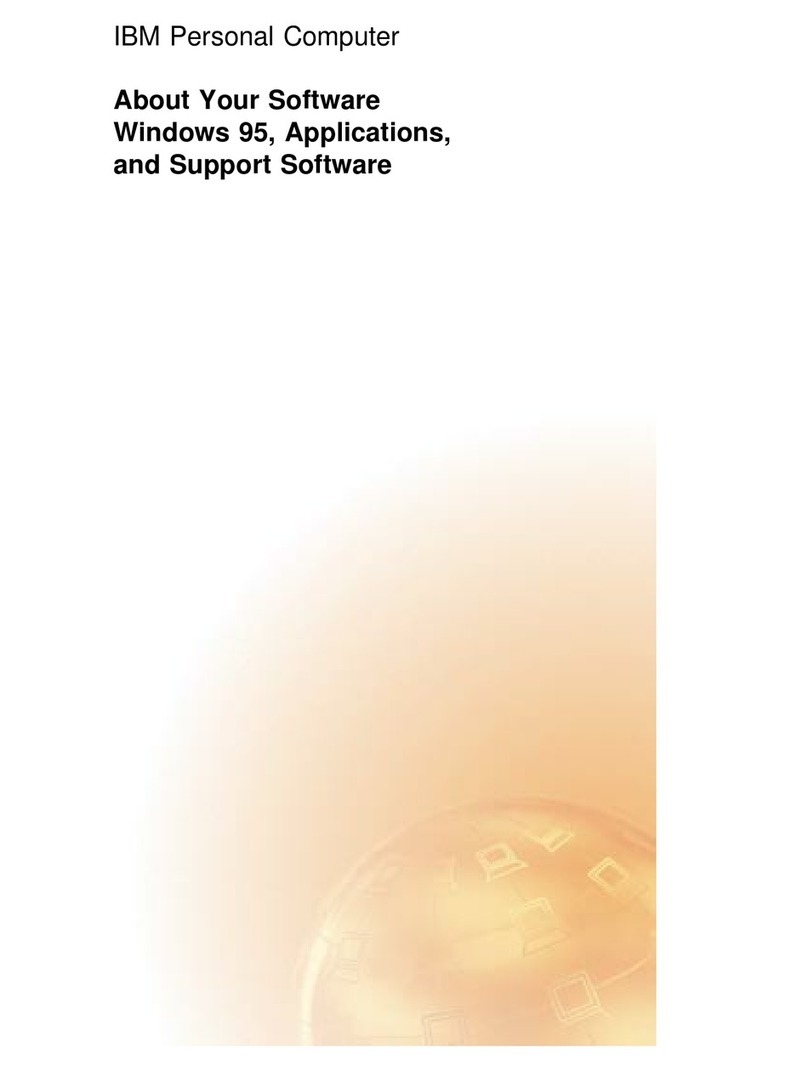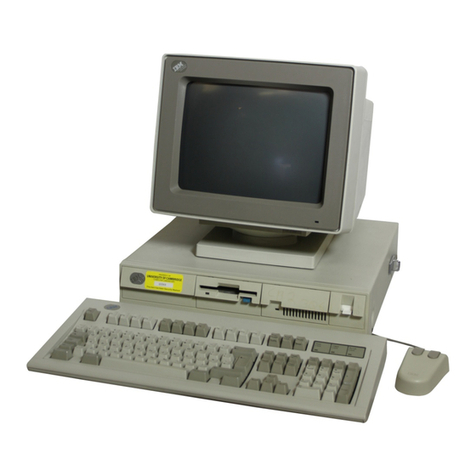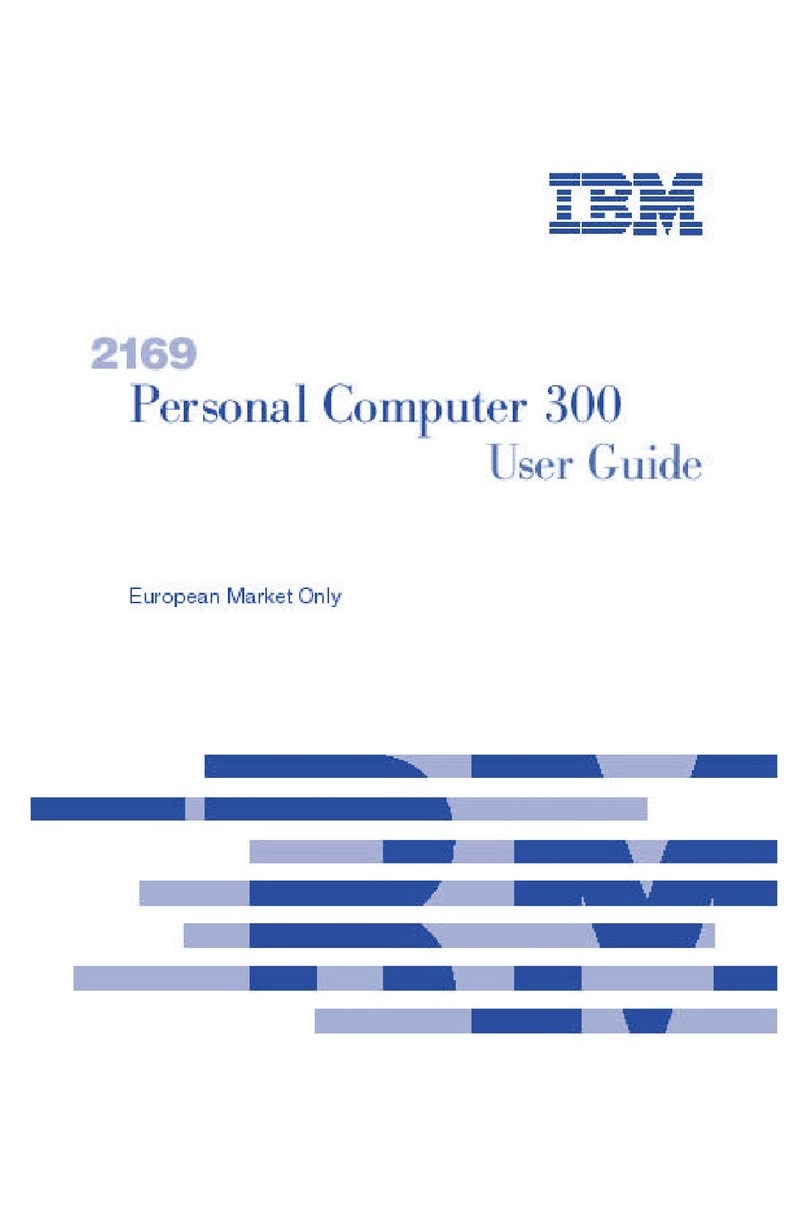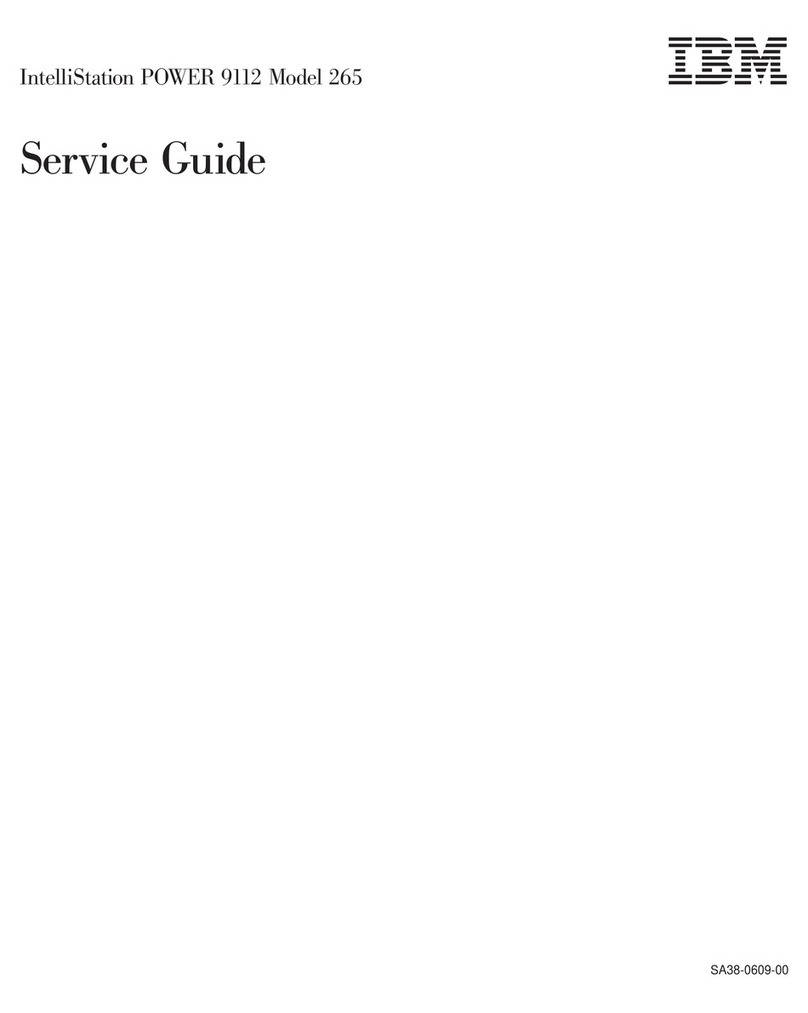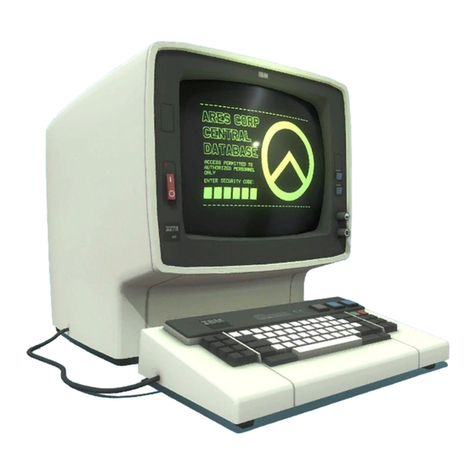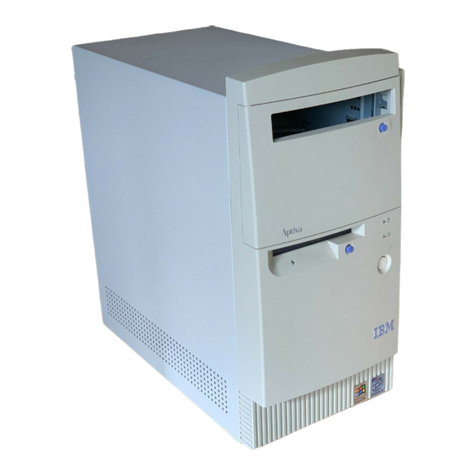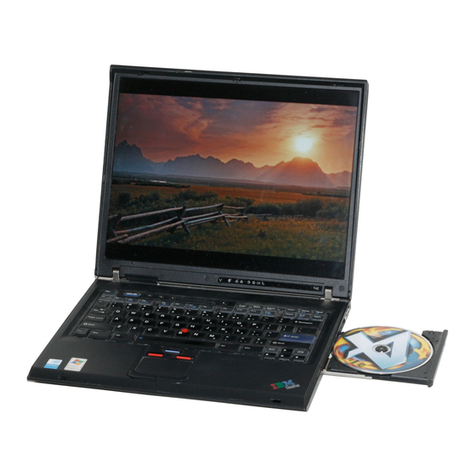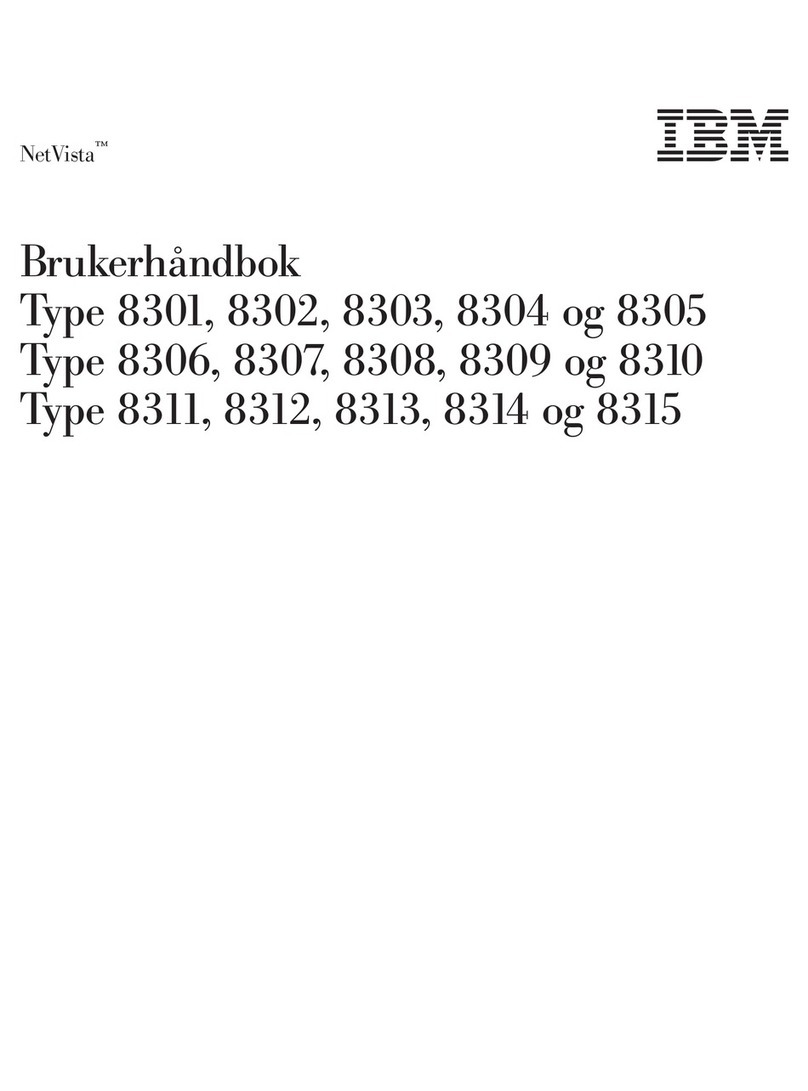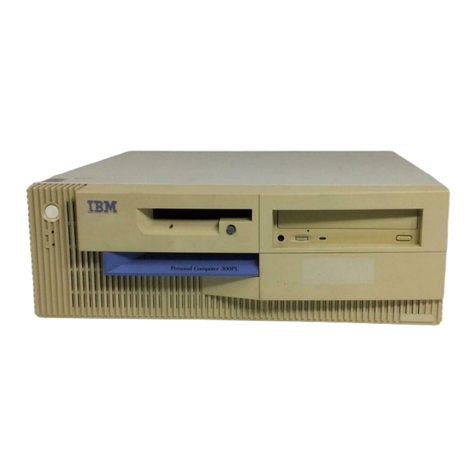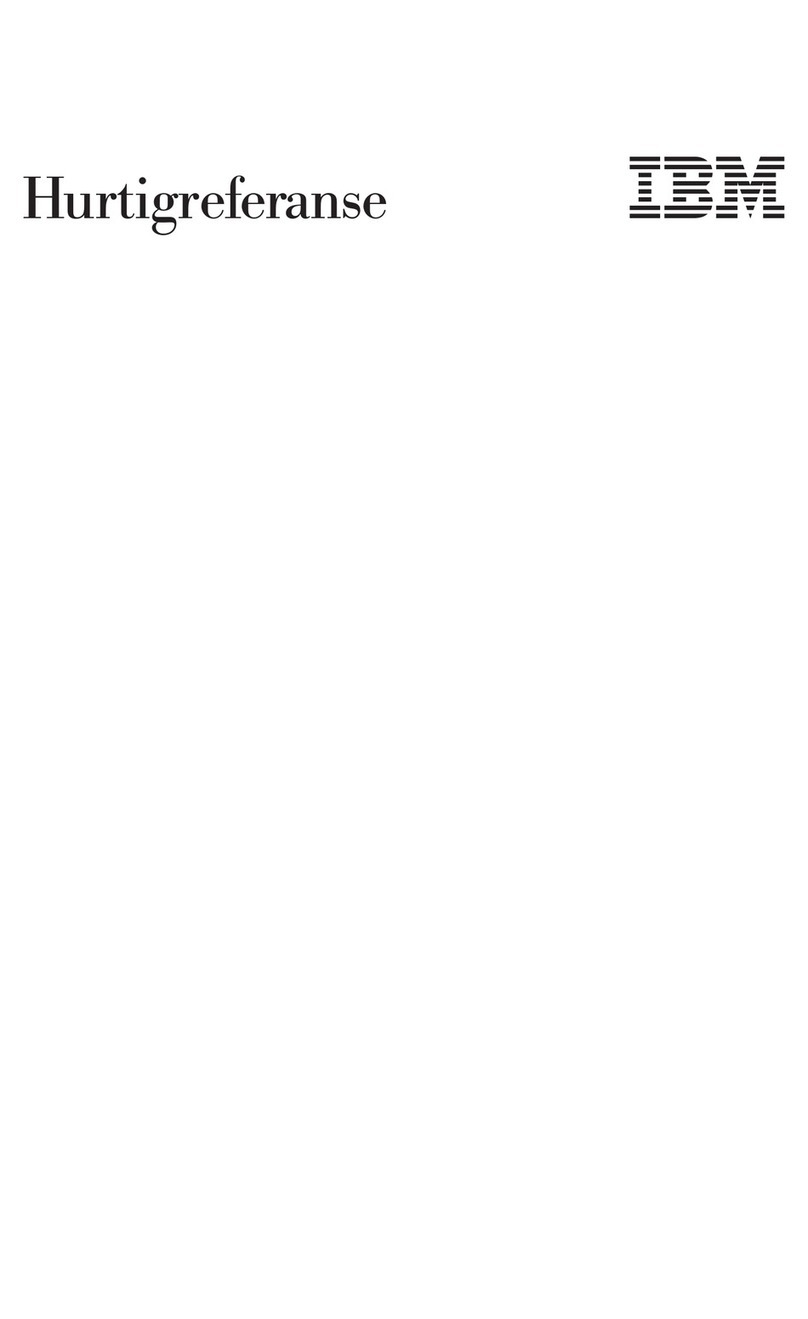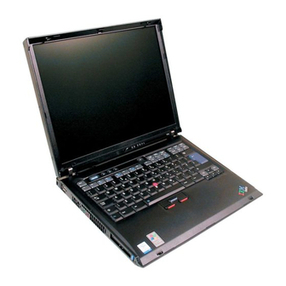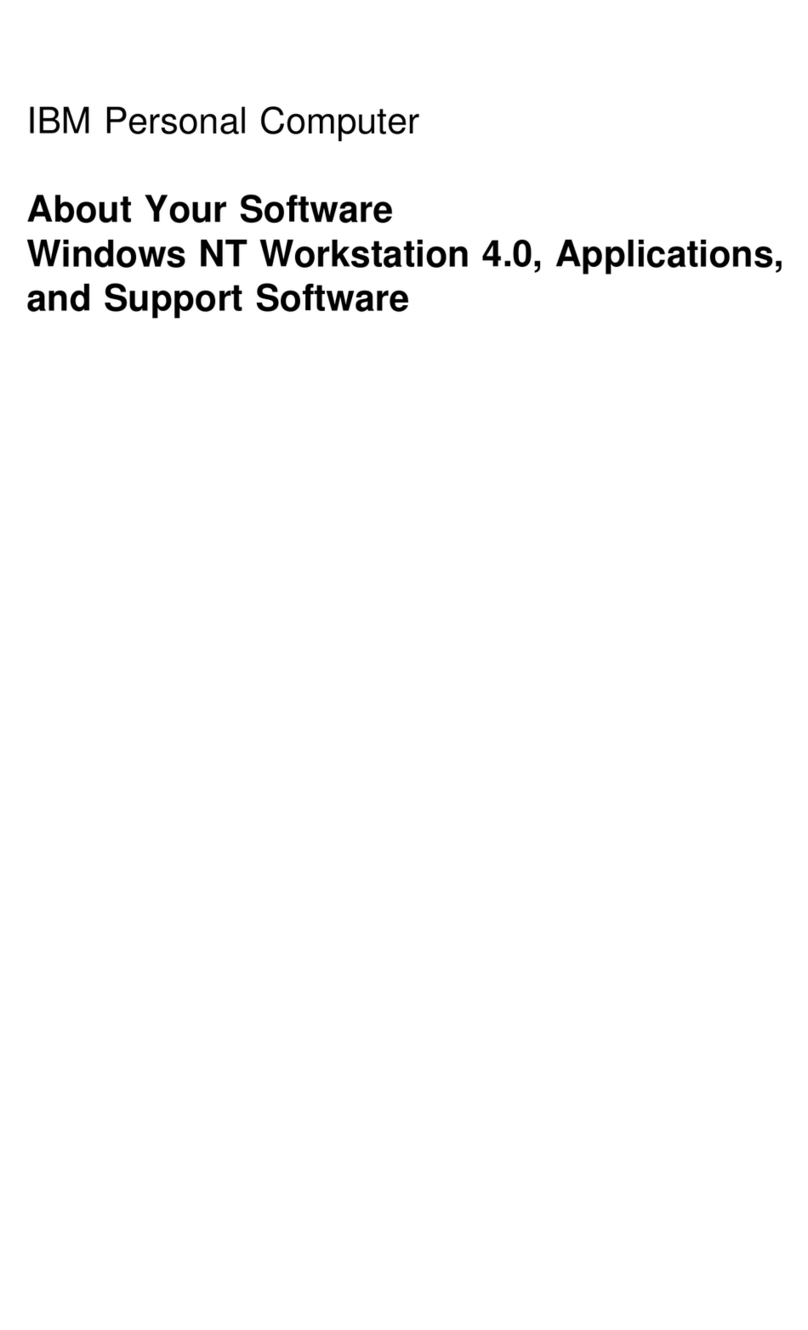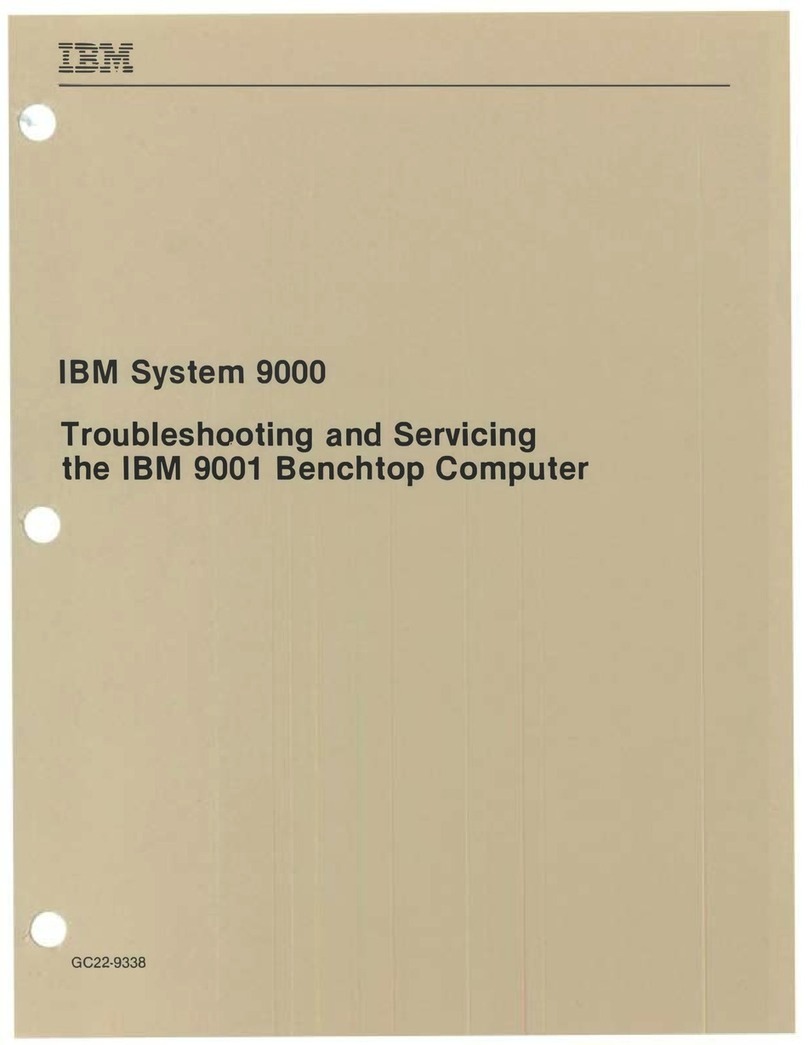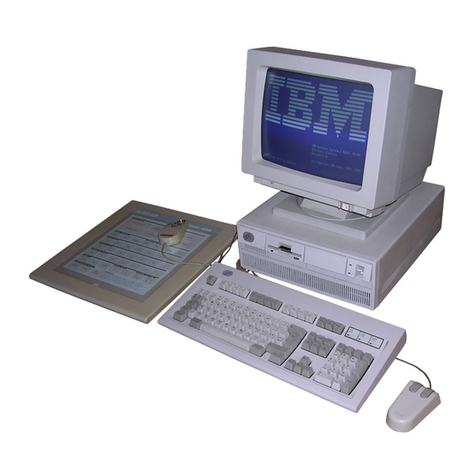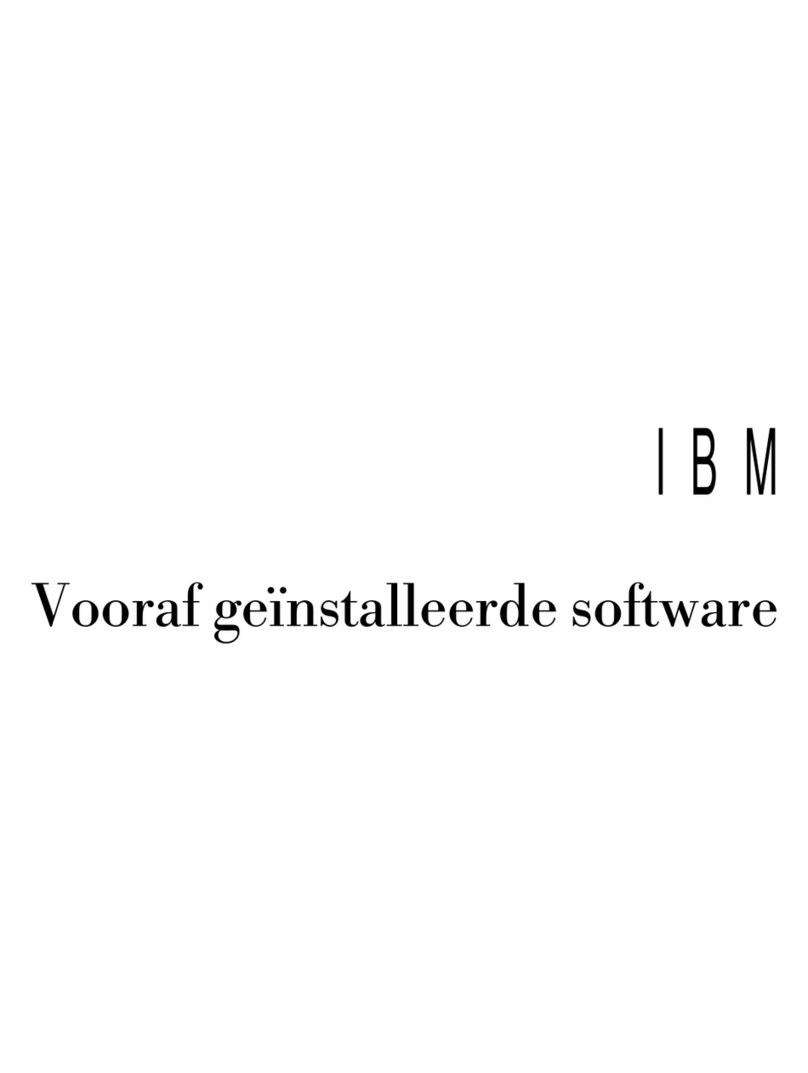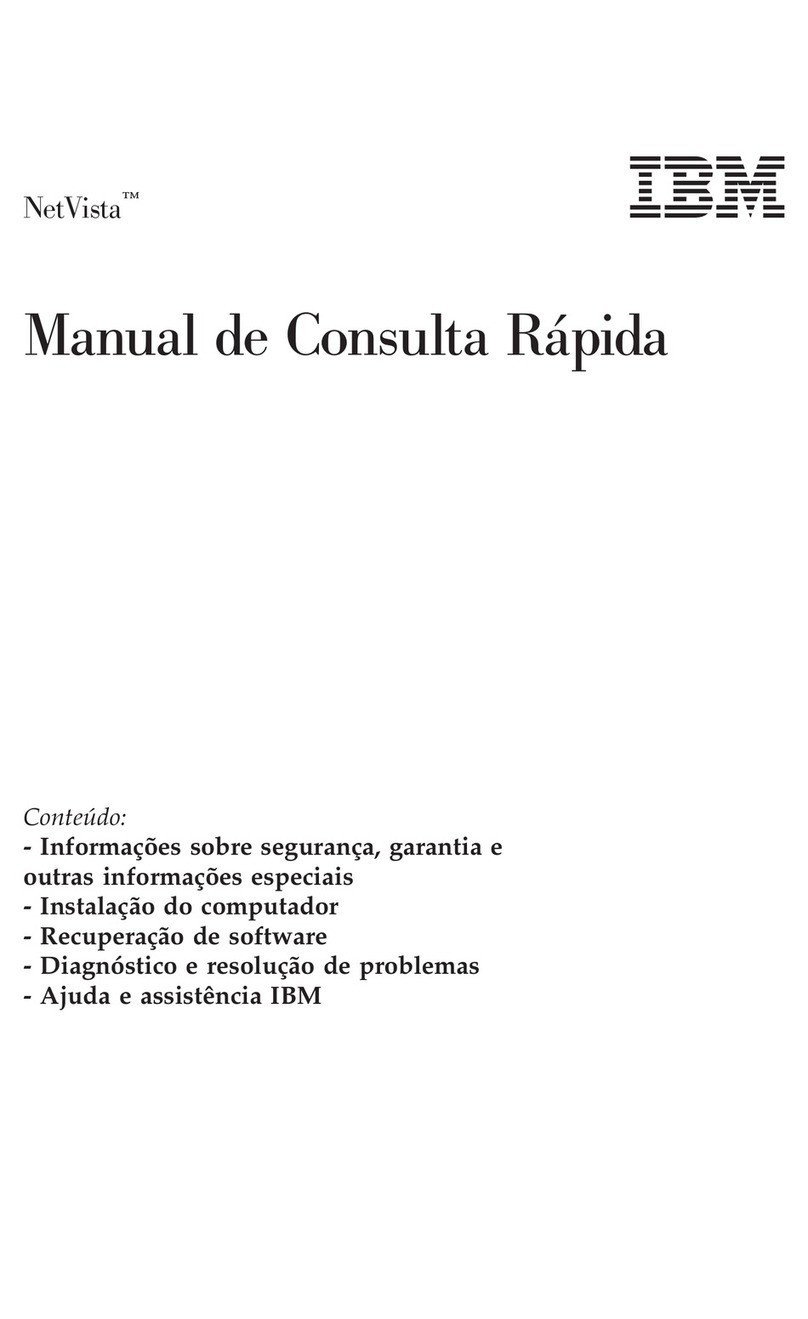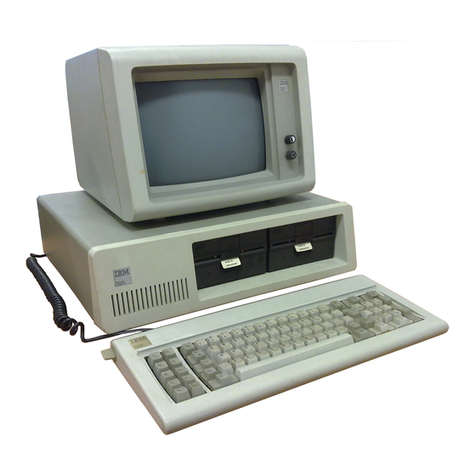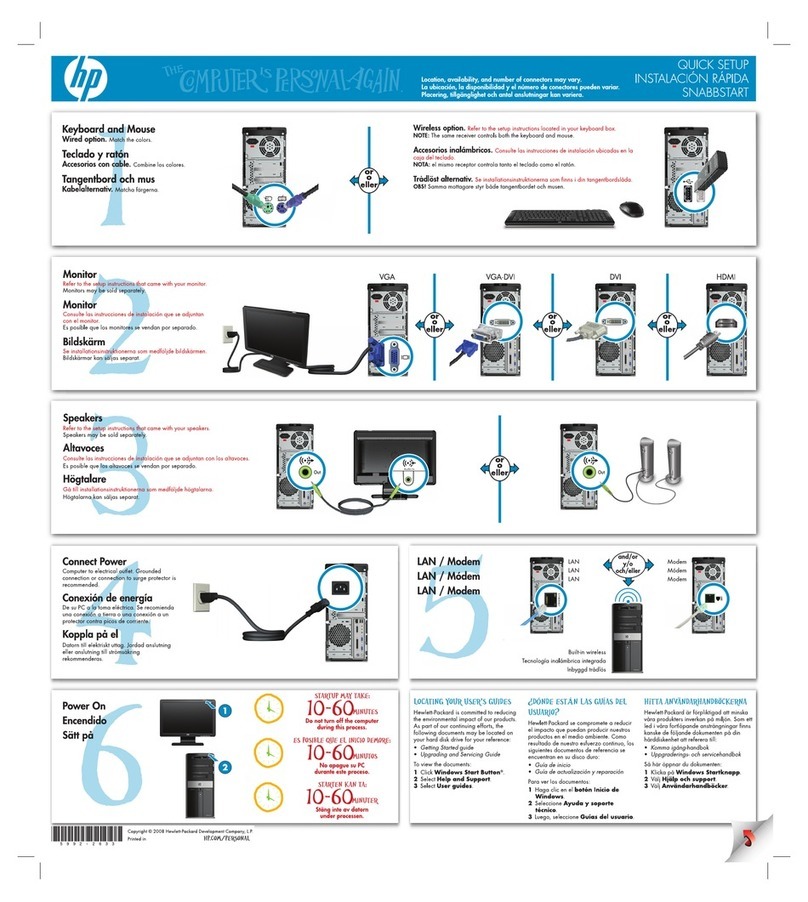
Diagnostic programs, messages, and error codes ............59
Running the diagnostic programs .................59
Diagnostic text messages ....................60
Viewing the test log ......................60
Diagnostic error codes .....................60
Real Time Diagnostics ......................77
Recovering from aBIOS update failure ................77
System-error log messages ....................78
Solving SCSI problems ......................88
Solving power problems .....................88
Solving Ethernet controller problems .................88
Solving undetermined problems...................90
Calling IBM for service ......................91
Chapter 3. Parts listing, Type 8872 and Type 8874 ...........93
Replaceable server components ..................94
Power cords ..........................95
Chapter 4. Removing and replacing server components ........99
Installation guidelines ......................99
System reliability guidelines................... 100
Working inside the server with the power on ............ 100
Handling static-sensitive devices ................. 100
Returning adevice or component ................ 101
Removing and replacing Tier 1CRUs ................ 102
Adapter .......................... 102
DVD drive ......................... 104
Hot-swap fan ........................ 105
Hot-swap power supply .................... 106
Memory card and memory module (DIMM) ............. 108
Remote Supervisor Adapter II SlimLine............... 111
ServeRAID-8i adapter .....................112
Top cover and bezel .....................113
Removing and replacing Tier 2CRUs ................114
Battery ..........................114
I/O board .........................115
Operator information panel assembly ...............117
PCI-X adapter guide .....................118
Power-supply structure ....................119
SAS backplane ....................... 120
Removing and replacing FRUs .................. 121
Front-panel assembly ..................... 121
Microprocessor tray and microprocessor .............. 122
PCI-X board assembly .................... 126
PCI-X switch card assembly .................. 128
Power backplane ...................... 129
Scalability cartridge assembly .................. 130
Chapter 5. Configuration information and instructions ........ 133
Updating the firmware ...................... 133
Configuring the server ...................... 133
Using the ServerGuide Setup and Installation CD........... 133
Using the UpdateXpress program ................ 134
Using the Configuration/Setup Utility program ............ 134
Installing and using the baseboard management controller utility programs 139
Using the SAS/SATA Configuration Utility program .......... 140
iv IBM xSeries 460 Type 8872 and xSeries MXE 460 Type 8874: Problem Determination and Service Guide
